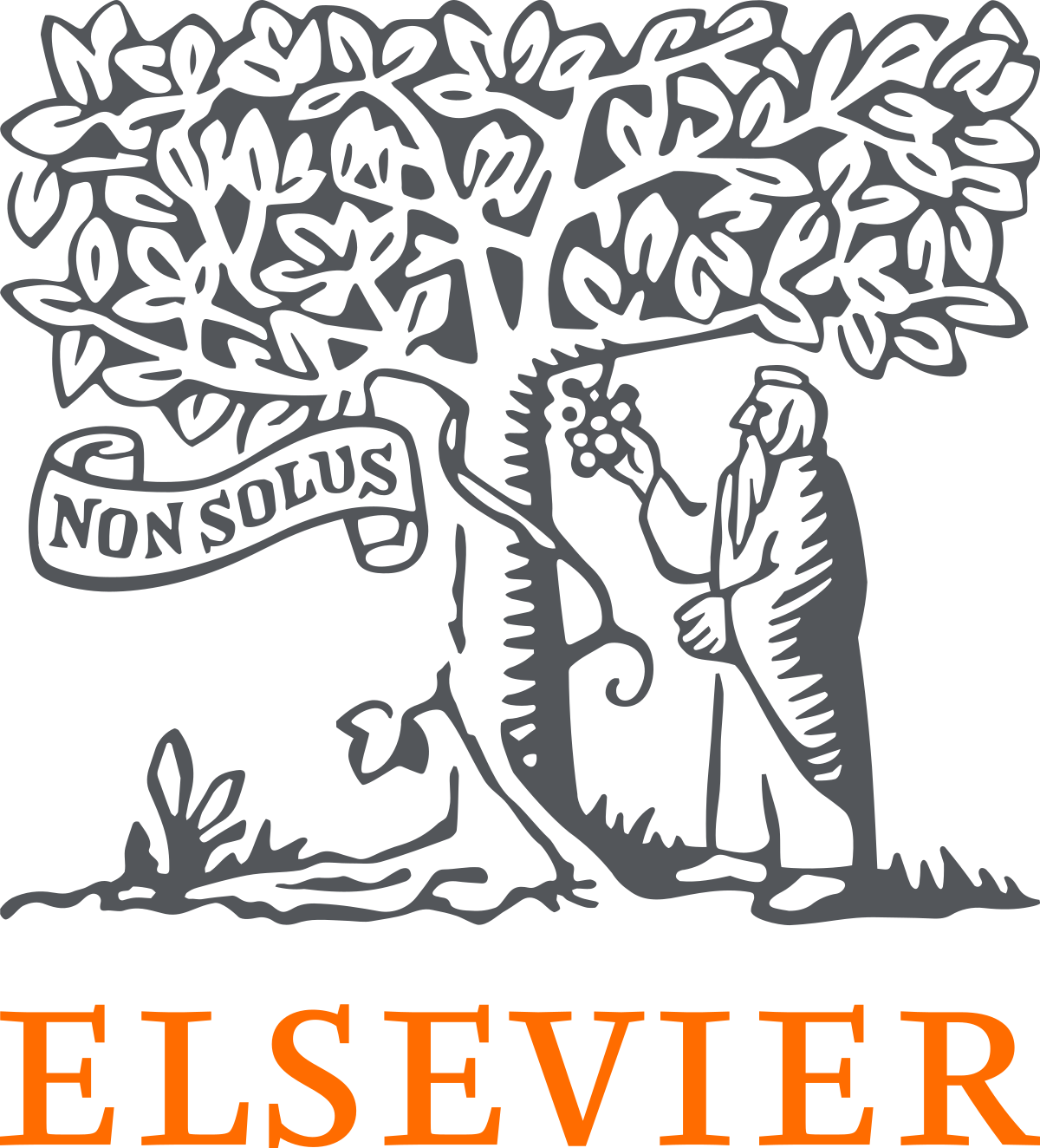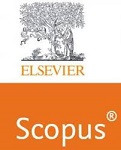Elliptic Curve Cryptography using a Diophantine Triple, Constructed through Tetradecagonal Numbers
Keywords:
Diophantine triples, Tetradecagonal numbers, Pell equation, Elliptic curve, Elliptic curve cryptography.Abstract
The world of Mathematics has time and again thrown mysterious patterns at us and left it for us humans to decipher and unravel the reasons for such consistency. One such structure that has left a mark in its midst is that of a polygonal number. We are all conversant with the Polygon which by mere definition shows that it is a close plane figure of three or more sides and angles. Extending this definition further takes us to Tetradecagon, which is known as a 14-sided polygon. We identified a Diophantine triple from two special Tetradecagonal numbers a, b with property Using this property, we extended our research to include Elliptic Curve Cryptography.
Downloads
References
Andrej Dujella and Vinko Petri’cevi, Strong Diophantine Triples, Experimental Mathematics 17(1) (2008), 83.
Bashmakova. IG, Diophantus of Alexandria Arithmetic and the Book of Polygonal numbers, Nauka, Moscow, 1974.
Dickson LE, History of theory of numbers, Chelsea, New York, 2 (1966), 513-520.
Gopalan M V and Srividhya G, Two Special Diophantine triples, Diophantus J Math 1(1) (2012), 23-27.
M A Gopalan, V. Sangeetha and Manju Somanath, Construction of the Diophantine Triple involving Polygonal Numbers, Scholars Journal of Engineering and Technology 2(1) (2014).
Manju Somanath, J Kannan and K Raja, Cryptographic Algorithm Based on Prime Assignment, International Journal for Research in Applied Science Engineering Technology (IJRASET) 10(1) (2022),
Manju Somanath, J Kannan and K Raja, Encryption Decryption Algorithm Using Solutions of Pell equation, Int. J. Math. And Appl. 10(1) (2022), 1-8.
Pandichelvi V, Construction of the Diophantine Triple involving Polygonal Numbers, Impact J Sci.Tech. 5(1) (2011), 7-11.
Wade Trappe and Lawrence C Washington, Introduction to Cryptography with Coding Theory, Pearson Education Inc., London, 2006.
William Stallings, Cryptography and Network Security, Pearson Education Inc., London, 2017.
Downloads
Published
How to Cite
Issue
Section
License

This work is licensed under a Creative Commons Attribution-ShareAlike 4.0 International License.
All papers should be submitted electronically. All submitted manuscripts must be original work that is not under submission at another journal or under consideration for publication in another form, such as a monograph or chapter of a book. Authors of submitted papers are obligated not to submit their paper for publication elsewhere until an editorial decision is rendered on their submission. Further, authors of accepted papers are prohibited from publishing the results in other publications that appear before the paper is published in the Journal unless they receive approval for doing so from the Editor-In-Chief.
IJISAE open access articles are licensed under a Creative Commons Attribution-ShareAlike 4.0 International License. This license lets the audience to give appropriate credit, provide a link to the license, and indicate if changes were made and if they remix, transform, or build upon the material, they must distribute contributions under the same license as the original.





